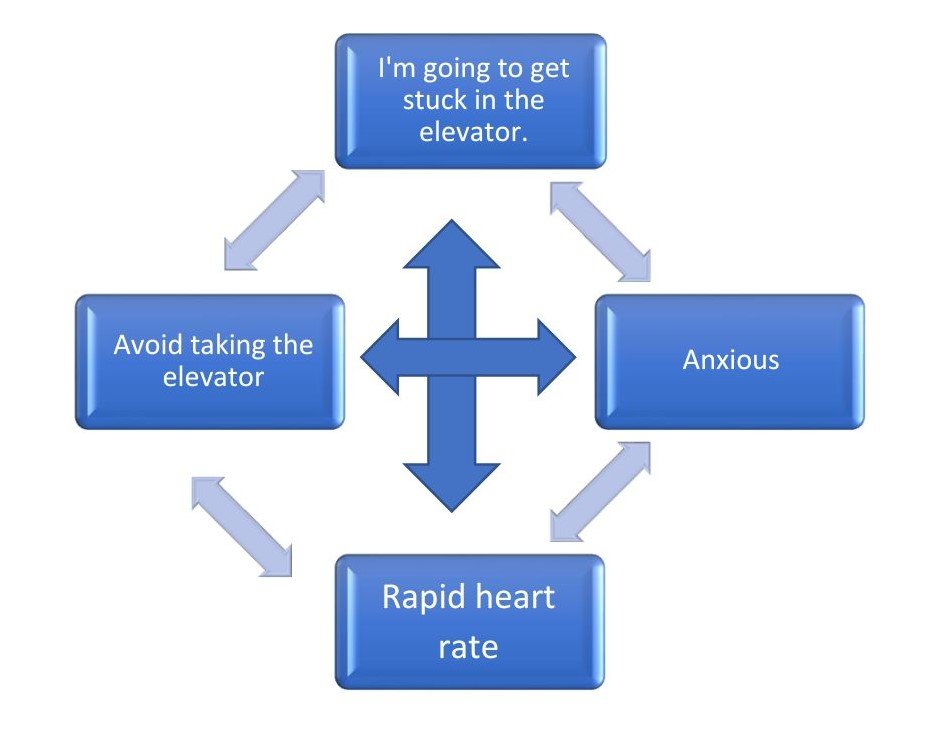Anxiety 101: Tips and Tricks for Better Understanding and Identifying Your Anxiety
Anxiety disorders are the most prevalent mental health condition among adults in the United States – an estimated 19.1% of adults have had an anxiety disorder in the past year (that’s approximately 40 million people) AND 31.1% of adults experience any anxiety disorder at some time in their lives (1).
Given that anxiety is universal, how can you better understand your symptoms? Here, some of the most frequently asked questions and answers about anxiety.
Q. What is Anxiety?
Normal, Natural response to perceived danger/threat
Experienced as a general feeling of discomfort, distress, or unease
The emotion that helps us prepare for the future
Prompts us to focus our attention on whatever is causing the anxiety so that we can prevent or decrease a negative outcome (e.g. threat)
From an evolutionary perspective, it’s essential for survival – “It’s our fight or flight.”
Q. When Does Anxiety Become Problematic?
Anxiety reaches the clinical level or can be considered an anxiety disorder when:
It is excessive and out of proportion to the situation or actual threat
It begins to interfere in the individual’s social, family, and occupational functioning
It is persistent and recurrent
Q. How Does Anxiety Manifest?
Anxiety disorders are extremely nuanced — no two people with anxiety look the same and no two anxiety disorders look the same.
However, there are some common domains in which anxiety manifests, and these domains can be helpful to better identify and understand our own anxiety.
1. Cognitive
Anxious individuals tend to have thoughts that are characterized by an overestimation of danger, underestimation of one’s ability to cope, misinterpretation of cues (social and sensory), and are future-oriented.
2. Physiological
When anxious, individuals can experience the follow symptoms:
Stomachache
Headache
Muscle tension
Loss of sleep
Perspiration
Dizziness
3. Emotions
Anxious individuals don’t always present as anxious or fearful. Instead, they can also present as ANGRY or IRRITABLE
4. Behaviors
When an individual becomes anxious, he or she also tends to engage in certain behaviors to make him or herself feel better and to decrease the anxiety. These behaviors include:
Decrease in risk taking
Need for control
Avoidance
In the short term, these behaviors make us feel better. However, in the long term, they can exacerbate our anxiety.
Q. How Do These Domains Interact?
Separately, our thoughts, feelings, behaviors, and physiological symptoms are signs of anxiety. However, they also all interact and influence each other.
Example of the CBT cycle with an individual who has a fear of elevators
Check out some of the resources below to learn more about tips for managing your anxiety:
National Institute of Mental Health (https://www.nimh.nih.gov/health/statistics/any-anxiety-disorder)


